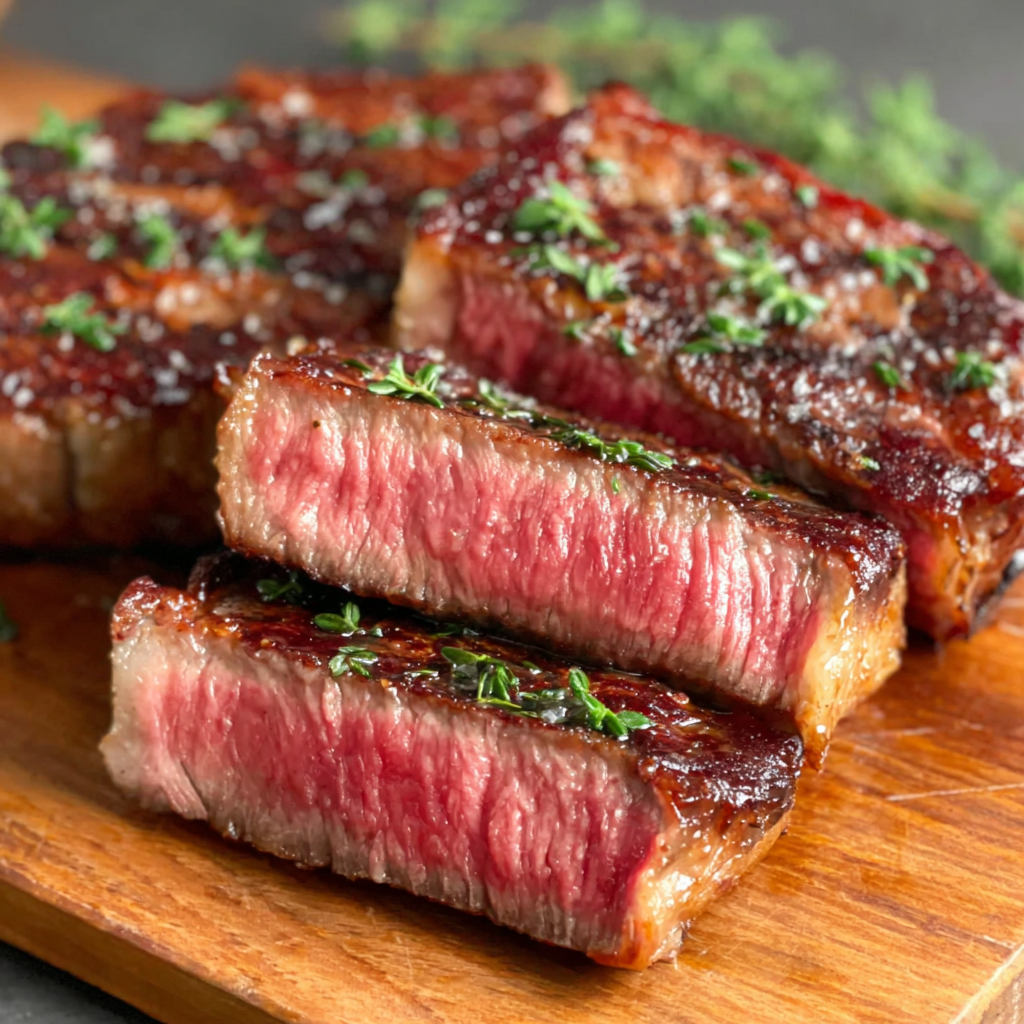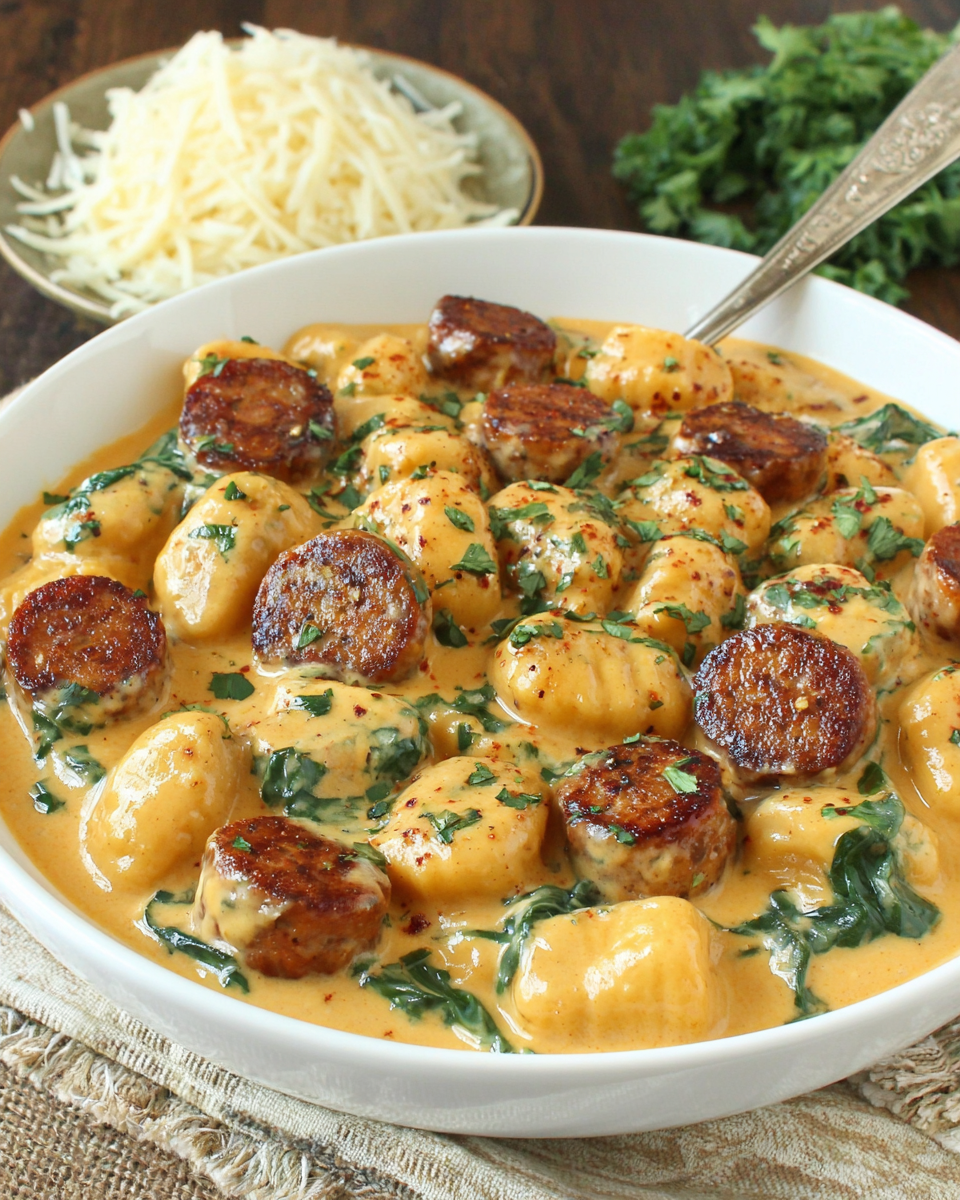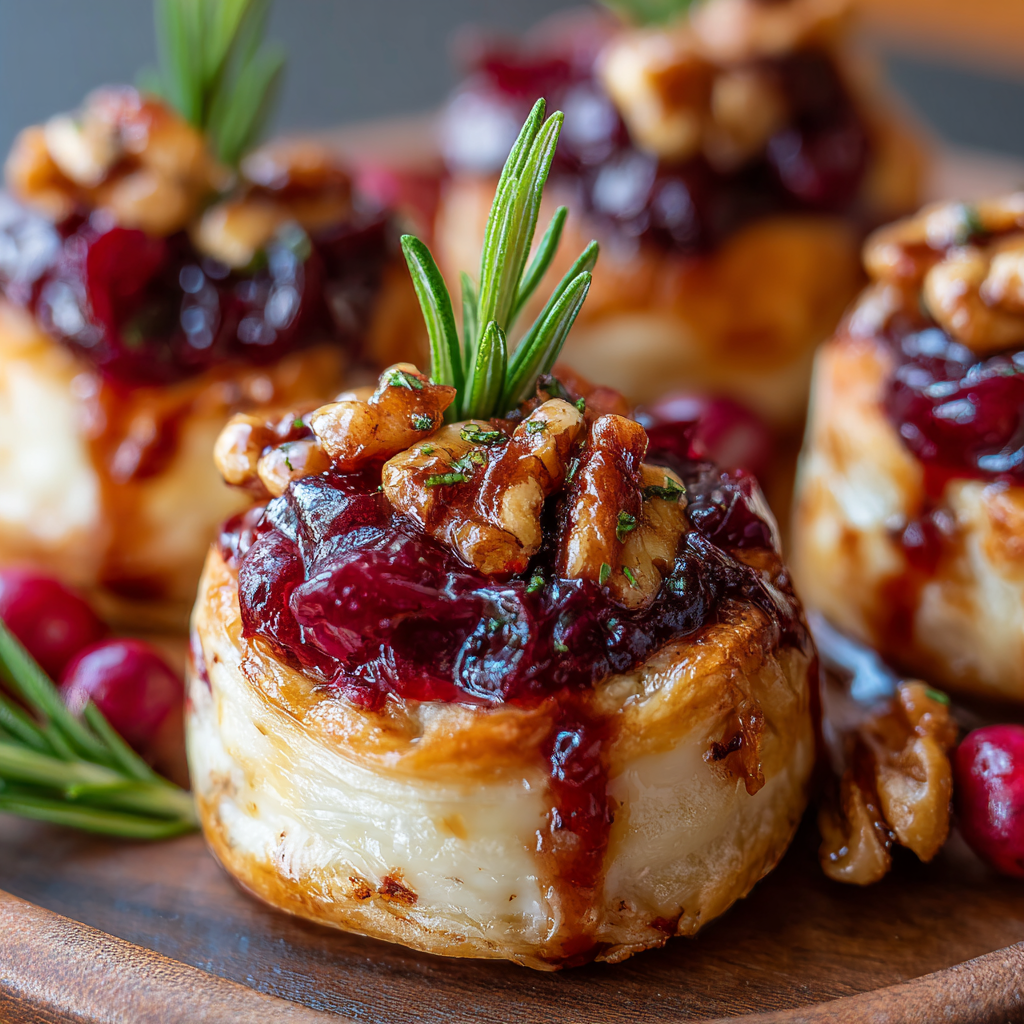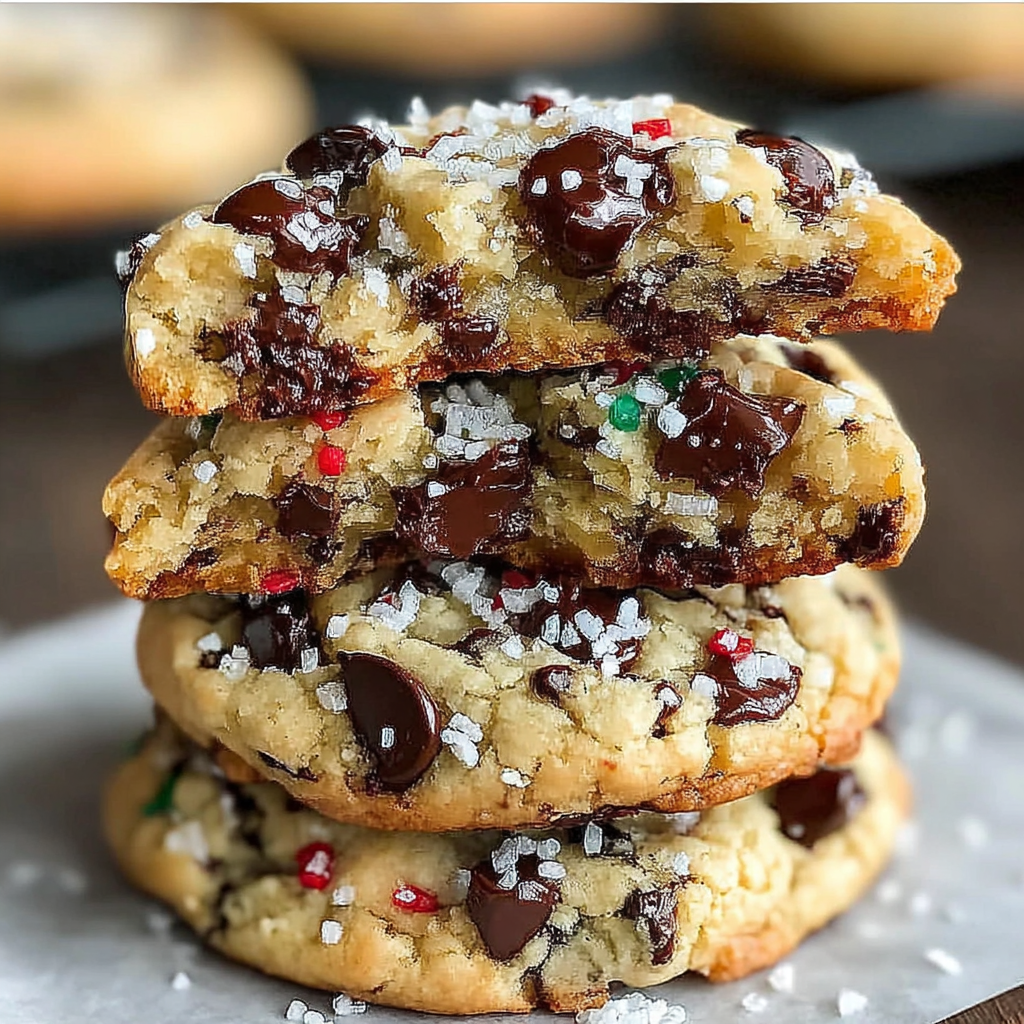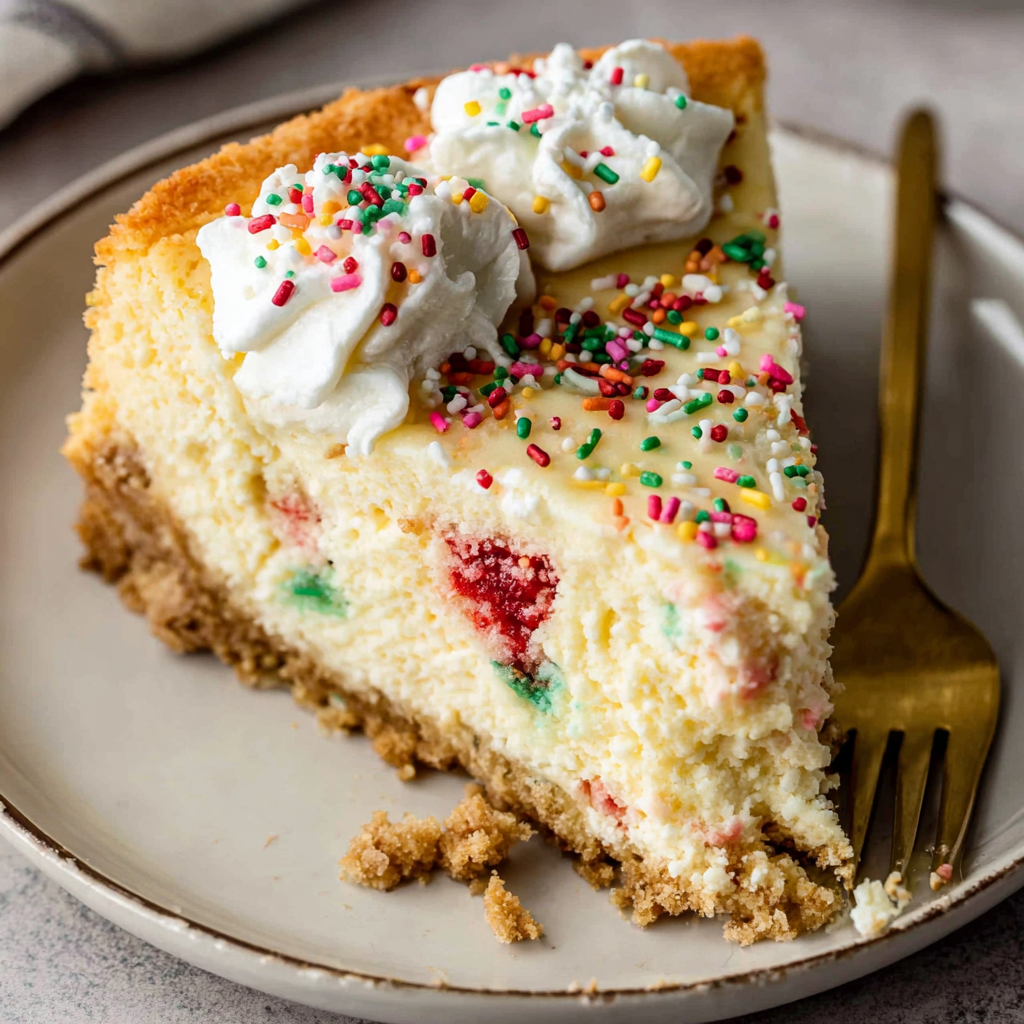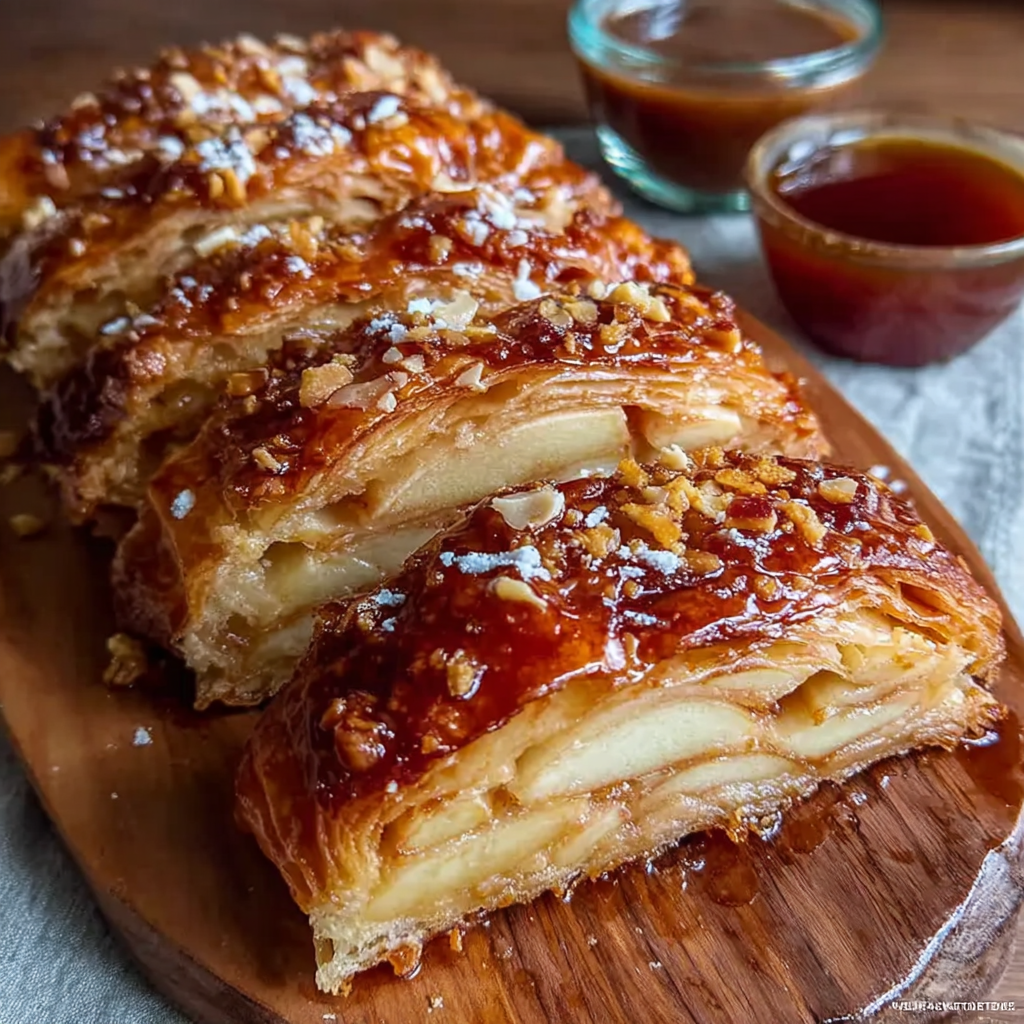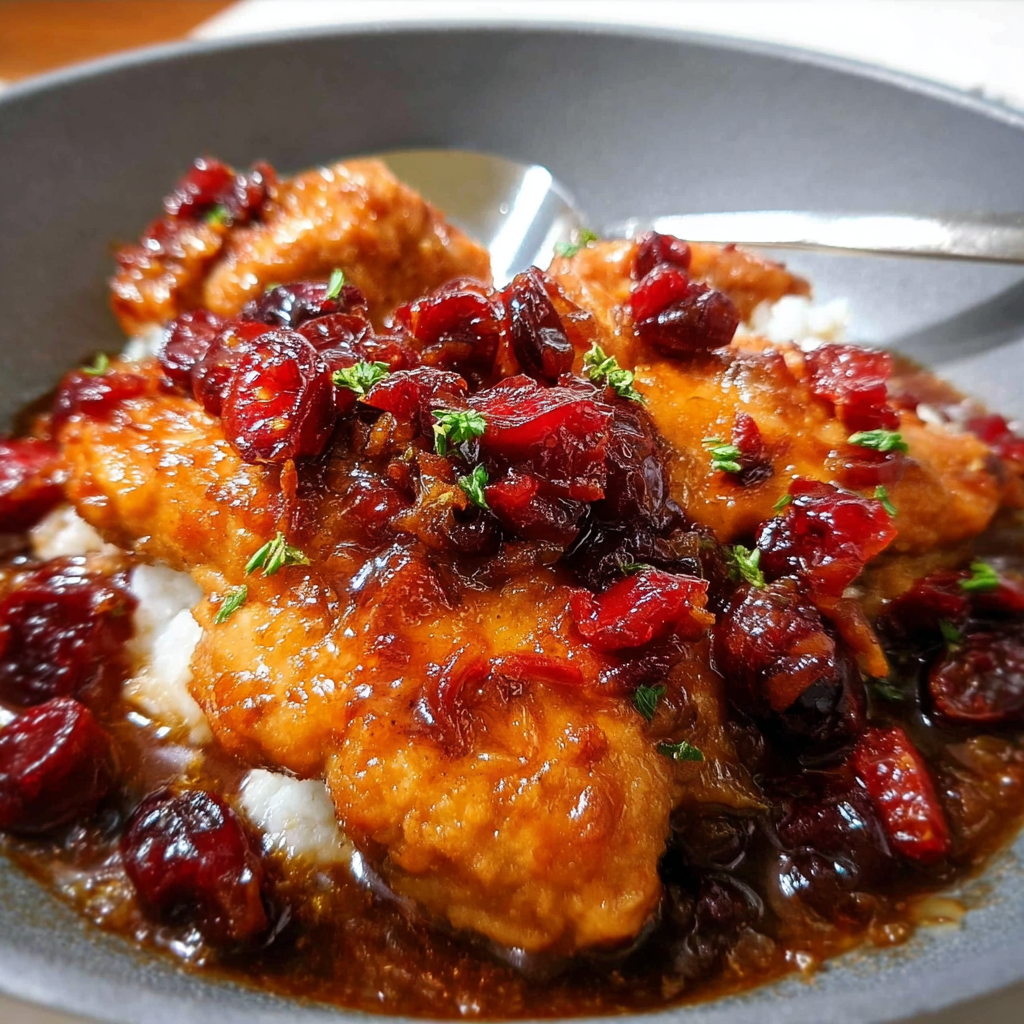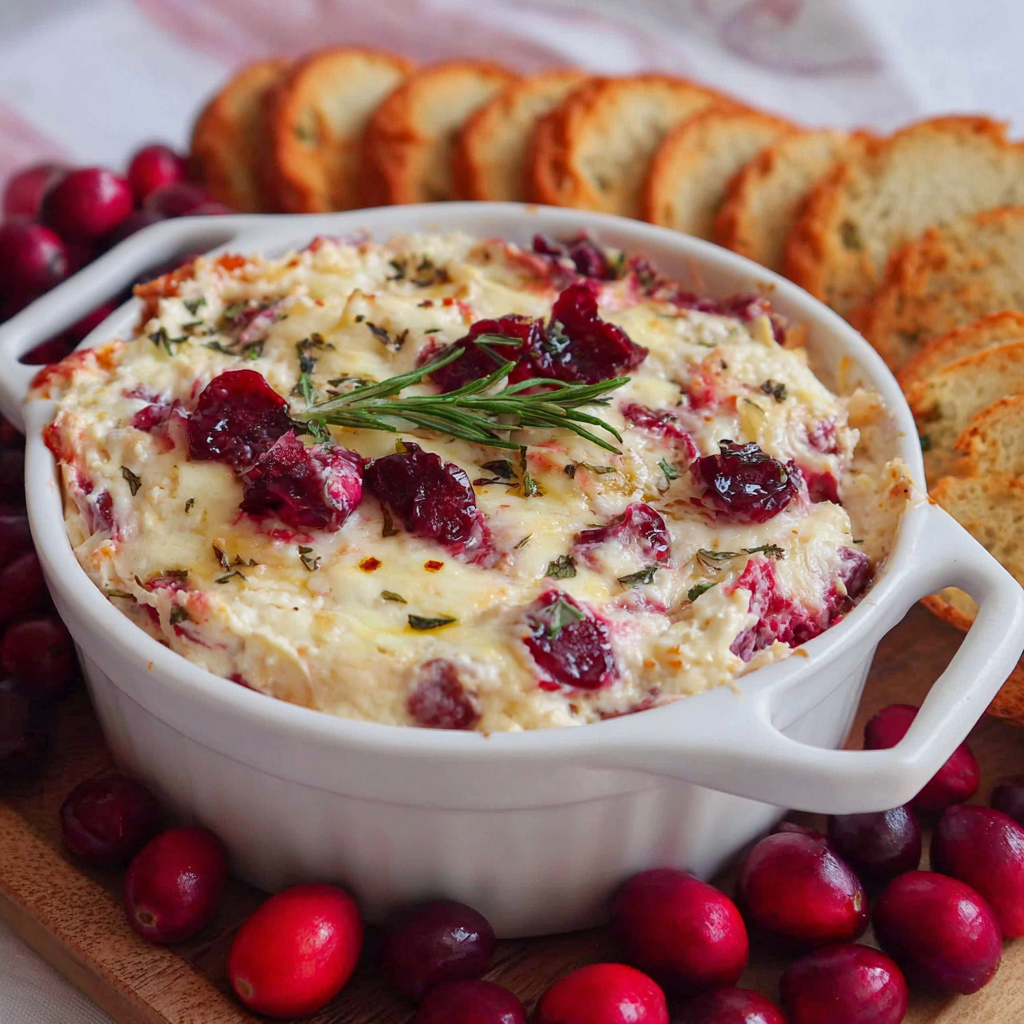Introduction
When it comes to steak, few cuts can rival the ribeye. Known for its rich marbling and intense flavor, ribeye offers a melt-in-your-mouth experience that leaves a lasting impression. The combination of tenderness and juiciness makes it a favorite among steak lovers.
Preparing ribeye at home is both rewarding and simple, allowing you to enjoy a restaurant-quality meal without leaving your kitchen. With the right approach, you can unlock the full potential of this remarkable cut and impress family and friends alike.
Ingredients
- 2 ribeye steaks (about 1.5 inches thick)
Choose ribeyes with good marbling for optimal flavor and tenderness. The fat within the muscle melts during cooking, enhancing juiciness. - Salt (2 teaspoons)
Salt not only seasons the steak but also helps draw out excess moisture, allowing for better crust formation during cooking. - Freshly ground black pepper (1 teaspoon)
Pepper adds a touch of heat and enhances the steak's natural flavor without overpowering it. - 2 tablespoons olive oil
Olive oil provides a rich base for searing the steak, helping achieve a perfect crust while adding a subtle flavor. - 3 cloves garlic, smashed
Garlic infuses the oil and steak with flavor, creating an aromatic profile that pairs perfectly with beef. - Fresh rosemary or thyme (2 sprigs)
Herbs like rosemary or thyme complement the richness of the ribeye, adding aromatic depth to the dish. - Butter (2 tablespoons)
Butter adds richness and helps baste the steak towards the end of cooking, lending a luxurious finish to each bite.
Directions & Preparation
Step 1: Preparing the steak
Begin by taking ribeye steaks out of the refrigerator and letting them sit at room temperature for about 30 minutes. This ensures even cooking by allowing the steak to warm up slightly, which aids in achieving a perfect sear. Pat the steaks dry with paper towels; excess moisture can prevent a good crust from forming.
Step 2: Seasoning the steaks
Generously season both sides of the ribeye steaks with salt and black pepper. This seasoning not only enhances the flavor but is crucial for building a delicious crust. Don’t be shy with the salt; it will enhance the natural flavors of the beef.
Step 3: Preheating the pan
Heat a large cast-iron skillet or heavy-bottomed pan over medium-high heat until it’s smoking hot. This high temperature is key to achieving a good sear. If using an oil with a high smoke point, add the olive oil just before adding the steak to maximize flavor.
Step 4: Searing the steaks
Place the seasoned steaks into the hot pan without crowding. Sear for about 4-5 minutes on the first side without moving them. This allows a crust to form that not only adds texture but enhances flavor through the Maillard reaction.
Step 5: Flipping the steaks
Using tongs, flip the steaks over and add the smashed garlic and herb sprigs to the pan. Sear the other side for 3-4 minutes. The aromas from the garlic and herbs will infuse the steak, enhancing its depth of flavor.
Step 6: Basting the steaks
In the last couple of minutes of cooking, add the butter to the pan and tilt it slightly to one side. Spoon the melted butter over the steaks repeatedly. This process, called basting, adds richness and moisture, making the steaks even more decadent.
Step 7: Checking the doneness
For a medium-rare ribeye, aim for an internal temperature of 130-135°F. Use a meat thermometer to check doneness, as cooking times can vary based on thickness and heat. Letting the steak rest is equally important to maintain its juiciness.
Step 8: Resting the steaks
After cooking, transfer the steaks to a cutting board and cover them loosely with foil. Let them rest for 5-10 minutes. Resting allows juices to redistribute throughout the meat, ensuring every bite is tender and juicy.
Step 9: Slicing and serving
Slice the ribeyes against the grain to maximize tenderness. Serve them immediately for the best flavor and texture. You can provide herb-infused butter or a fresh salad on the side to complement the meal.

Creating the Perfect Crust
Achieving the perfect crust on a ribeye is essential to elevate its flavors. This is largely accomplished through the Maillard reaction, which occurs at high temperatures. Preheating your pan until it's smoking hot is key; in this way, the steak caramelizes beautifully, creating a delicious outer layer while retaining its juicy interior.
Choosing Quality Ingredients
Selecting high-quality ribeye steaks makes a significant difference. Look for well-marbled cuts with a bright red color, as this indicates freshness and flavor. When choosing other ingredients, opt for fresh herbs and high-quality butter and olive oil; these will enhance the overall taste and elevate your dish to restaurant-quality.
Finishing Touches for Flavor
Once your steaks are cooked and resting, consider adding unique finishing touches. A sprinkle of flaky sea salt, a drizzle of balsamic reduction, or even a homemade herb garlic butter can amp up flavor profiles. These final touches provide an extra layer of sophistication that will leave your guests impressed.
FAQs
What if my ribeye is overcooked?
If your ribeye ends up overcooked, the best remedy is to slice it thinly against the grain and drizzle it with a bit of olive oil or a flavorful sauce. This can help mask dryness and improve the eating experience.
Why is my ribeye not juicy enough?
Juiciness often comes from sufficient resting time after cooking. If the steak doesn't have enough time to rest, the juices escape when cut. Always allow your steak to rest for 5-10 minutes before slicing.
Can I scale this recipe for more steaks?
Yes, you can easily scale this recipe for more steaks. Just ensure your pan is large enough to accommodate the additional steaks without overcrowding, as this could hinder proper searing.
How can I tell if my steak is cooked properly?
The most reliable method is to use a meat thermometer. For medium-rare, look for an internal temperature of 130-135°F. Alternatively, use the touch-test method to gauge firmness.
What if I can’t find ribeye?
If ribeye is unavailable, consider substitutes such as strip steak or sirloin. While they may differ in tenderness and fat content, optimal cooking techniques can still yield satisfying results.
What kind of pan should I use for searing?
A cast-iron skillet is ideal due to its heat retention and ability to create a perfect sear. If you don’t have one, a heavy-bottomed stainless-steel pan can work in a pinch.
Conclusion
Cooking a ribeye steak is both an art and a science, but with the right technique, anyone can achieve fantastic results. Remember to prioritize high-quality ingredients and temperature control to elevate your dish.
Enjoying a perfectly cooked ribeye is a satisfying experience, whether it's a weeknight dinner or a special occasion. With your newfound skills, relish the opportunity to create memorable meals and share them with loved ones.
Recipe Card
Ribeye – The Juiciest Steak You’ll Ever Cook
Ingredients
- 2 ribeye steaks about 1.5 inches thick
- Salt 2 teaspoons
- Freshly ground black pepper 1 teaspoon
- 2 tablespoons olive oil
- 3 cloves garlic smashed
- Fresh rosemary or thyme 2 sprigs
- Butter 2 tablespoons
Instructions
- Preparing the steak
- Seasoning the steaks
- Preheating the pan
- Searing the steaks
- Flipping the steaks
- Basting the steaks
- Checking the doneness
- Resting the steaks
- Slicing and serving
Notes
Additional serving suggestions: pair with a crisp salad, garlic bread, or roasted seasonal vegetables for balance.
For make-ahead, prep components separately and assemble just before heating to preserve texture.
Taste and adjust with acid (lemon/vinegar) and salt right at the end to wake up flavors.
